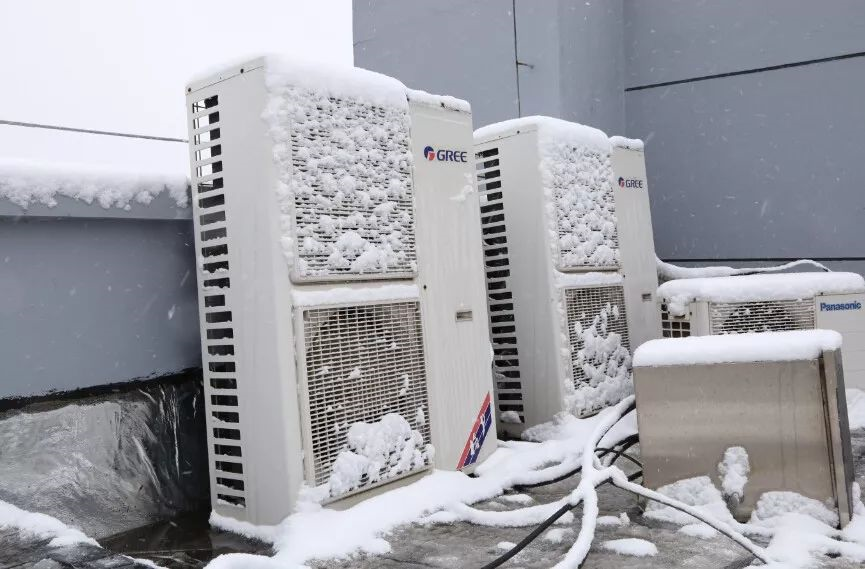1. Why the colder the weather, the worse the heating effect?
Answer: The main reason is that the colder the weather and the lower the outdoor temperature, the more difficult it is for the air conditioner to absorb the heat of the air from the outdoor air environment, resulting in a relatively poor heating effect.
2. Why is it recommended to use other equipment for heating when it is below -5 degrees?
Answer: When the air conditioner is heating in winter, the air conditioner absorbs the heat of the outdoor air through the heat exchanger of the outdoor unit (that is, the condenser), and then transmits the heat to the room through the heat exchanger of the indoor unit (that is, the evaporator). At the same time, when heating, the heat exchanger of the outdoor unit is used as an evaporator. When the outdoor temperature is lower than -5 degrees, the heat exchange temperature difference between the condenser and the outdoor air will be close to zero. Therefore, there is no heat exchange effect, so the overall heating effect of the air conditioner is poor, or even unable to heat. Therefore, it is necessary to start the auxiliary electric heating function of the air conditioner, or use other heating equipment.
3. Why does the air conditioner need to defrost?
Answer: When heating in winter, since the evaporation temperature of the outdoor unit heat exchanger (that is, the condenser) is lower than zero, the outdoor air flowing through the condenser will condense on the fins and form frost, which will affect the performance of the condenser. The heat exchange area and air flow rate affect the heating effect of the air conditioner. Therefore, in order to ensure the heating effect of the air conditioner, it is necessary to perform defrosting work.

4. How to judge whether the heating of an air conditioner is normal?
Answer: The standard for air conditioner cooling and heating inspection: 15-20 minutes after starting up, measure the temperature with the inspection head of the thermometer at a distance of 10-20mm from the indoor air inlet and outlet. The temperature difference between the air inlet and outlet of the lower (heat pump air conditioner) should not be less than 15°C, and the temperature difference between the air inlet and outlet of the electric auxiliary heating air conditioner should not be less than 23°C;
5. Why can’t the temperature of the air outlet represent whether there is a problem with the machine?
Answer: The temperature of the air outlet of the air conditioner cannot be used to judge and measure whether an air conditioner is normal. The standard for judging and measuring the normality of the air conditioner is mainly based on the temperature difference between the air inlet and the air outlet of the internal unit when the air conditioner is heating. As long as the temperature difference between the air inlet and the air outlet reaches the standard, we can judge that there is no problem with the air conditioner.
The temperature of the air outlet is determined by many other factors. One is the matching between the machine and the environment, the other is the temperature of the air in the room itself, and other external influences. The power of the air conditioner itself is certain, and the air volume is also certain. The normality of the machine is judged mainly by its ability to raise the temperature of the passing air, that is, the temperature difference between the inlet and outlet! If the temperature of the air inlet itself is high, the temperature of the air outlet will be high; otherwise, the temperature of the air outlet will be correspondingly lower. It is a truth that a rising tide lifts all boats. Therefore, the temperature of the air outlet cannot be used to evaluate and judge whether a machine is heating and cooling normally.
Post time: Dec-20-2022







